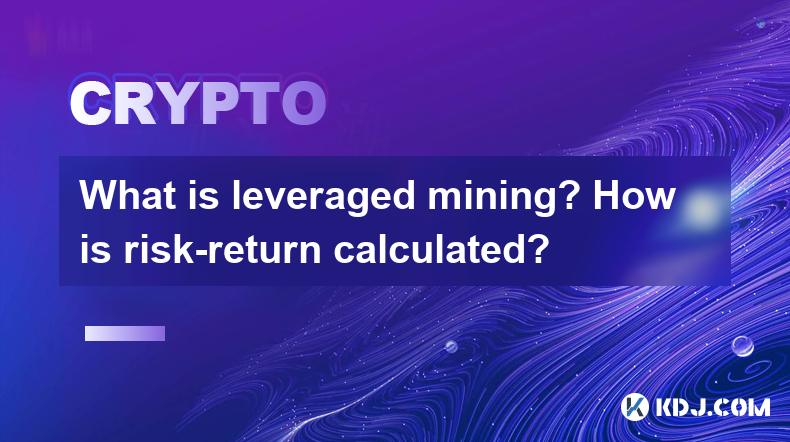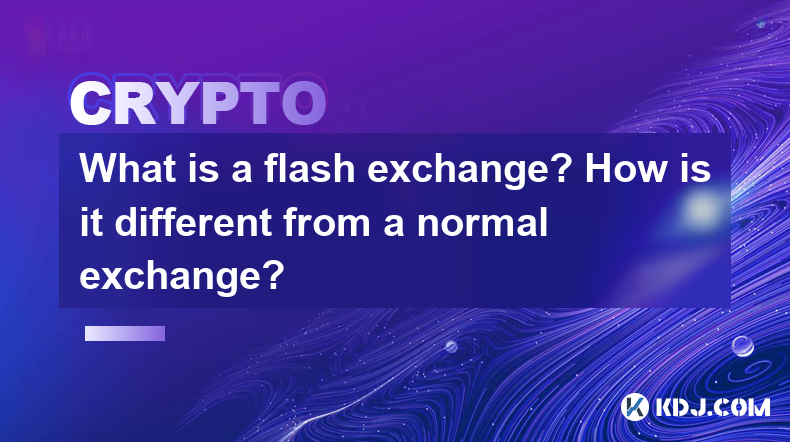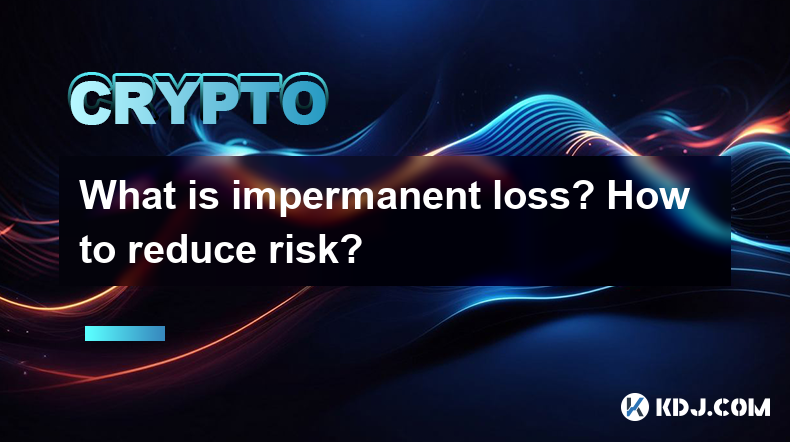-
 Bitcoin
Bitcoin $87,356.7866
2.55% -
 Ethereum
Ethereum $1,638.7142
1.49% -
 Tether USDt
Tether USDt $1.0000
0.00% -
 XRP
XRP $2.1170
1.59% -
 BNB
BNB $603.9416
1.60% -
 Solana
Solana $140.7449
-0.10% -
 USDC
USDC $1.0000
0.01% -
 Dogecoin
Dogecoin $0.1612
1.47% -
 TRON
TRON $0.2446
0.70% -
 Cardano
Cardano $0.6403
1.48% -
 Chainlink
Chainlink $13.5386
3.52% -
 UNUS SED LEO
UNUS SED LEO $9.4122
0.71% -
 Avalanche
Avalanche $19.9770
0.38% -
 Stellar
Stellar $0.2522
2.41% -
 Toncoin
Toncoin $3.0278
0.79% -
 Shiba Inu
Shiba Inu $0.0...01274
3.15% -
 Sui
Sui $2.2177
2.58% -
 Hedera
Hedera $0.1707
2.77% -
 Bitcoin Cash
Bitcoin Cash $338.7540
-0.36% -
 Polkadot
Polkadot $3.9033
-0.91% -
 Hyperliquid
Hyperliquid $18.1086
-1.54% -
 Litecoin
Litecoin $78.6965
2.64% -
 Bitget Token
Bitget Token $4.5466
-0.88% -
 Dai
Dai $0.9999
0.00% -
 Ethena USDe
Ethena USDe $0.9993
0.02% -
 Pi
Pi $0.6368
-2.12% -
 Monero
Monero $215.6237
-0.53% -
 Uniswap
Uniswap $5.4295
1.63% -
 Pepe
Pepe $0.0...07859
4.81% -
 Aptos
Aptos $5.1258
4.53%
How to get COMP coins? This article teaches you how to get COMP coins
Users can earn COMP coins through interest earned on deposits in Compound's lending pools or when supplying collateral and borrowing against it.
Oct 02, 2024 at 03:30 pm

How to Obtain COMP Coins: A Comprehensive Guide
Step 1: Understand What COMP Is
Compound (COMP) is a decentralized finance (DeFi) governance token that empowers users to participate in the governance of the Compound protocol. It enables holders to vote on proposals related to the protocol's operations, such as interest rate adjustments or new asset listings.
Step 2: Decide How Many COMP Coins You Need
Before acquiring COMP, determine your desired amount. This depends on factors like your interest in governance, your available funds, and your investment strategy.
Step 3: Choose a Method to Get COMP Coins
There are multiple ways to accumulate COMP:
a. Earning Interest:
- Deposit crypto assets into Compound's lending pools (like DAI or ETH) and earn interest in COMP.
b. Supplying Collateral and Borrowing:
- Supply assets like DAI as collateral and borrow ETH to earn interest in COMP.
c. Purchasing on Crypto Exchanges:
- Buy COMP directly from cryptocurrency exchanges like Coinbase, Binance, or Kraken.
d. Participating in Governance:
- Participate in Compound's governance by voting on proposals and advocating for specific changes.
Step 4: Set Up a Cryptocurrency Wallet
To hold COMP, you need a compatible cryptocurrency wallet that supports the token. Recommended wallets include MetaMask, Coinbase Wallet, or Trust Wallet.
Step 5: Complete the Preferred Method
Depending on your chosen method, follow the relevant steps:
- Earning Interest: Deposit funds into Compound's lending pools.
- Supplying Collateral and Borrowing: Deposit collateral and borrow assets to earn COMP.
- Purchasing on Crypto Exchanges: Open an account on a crypto exchange, deposit funds, and purchase COMP with your preferred method (like debit card or wire transfer).
- Participating in Governance: Vote on Compound governance proposals by connecting your wallet to the governance forum.
Step 6: Monitor Your COMP Balance
Once you acquire COMP, track your holdings through your wallet or the Compound protocol dashboard. This helps you stay informed about your token balance and voting power.
Conclusion
Obtaining COMP coins is a straightforward process involving various methods. By following these steps, you can acquire COMP to earn interest, participate in governance, and contribute to the development of the Compound protocol.
Disclaimer:info@kdj.com
The information provided is not trading advice. kdj.com does not assume any responsibility for any investments made based on the information provided in this article. Cryptocurrencies are highly volatile and it is highly recommended that you invest with caution after thorough research!
If you believe that the content used on this website infringes your copyright, please contact us immediately (info@kdj.com) and we will delete it promptly.
- An Aptos community member submitted a proposal to slash staking rewards for the network's native token
- 2025-04-21 13:50:14
- The Ultimate Guide to BTFD Coin (BTFD): ROI Potential, Presale Stages, and More
- 2025-04-21 13:50:14
- TRON (TRX) Price Broke Above Descending Trendline Resistance Targeting $0.2800
- 2025-04-21 13:45:14
- VOXEL token price skyrockets by more than 50% after a BitGet malfunction causes the VOXE/USDT perpetual contract to surpass that of Bitcoin
- 2025-04-21 13:45:14
- Why Is Least Privilege Fundamental to Creating Safe Environments?
- 2025-04-21 13:40:14
- Top Crypto Gainers Today - JUP, WAVES, FXS, and DOT Are Outperforming the Market
- 2025-04-21 13:40:14
Related knowledge

What is impermanent loss insurance? What are the solutions?
Apr 12,2025 at 01:14am
What is Impermanent Loss Insurance? What are the Solutions? Impermanent loss is a significant concern for liquidity providers in decentralized finance (DeFi) platforms. It occurs when the price of tokens in a liquidity pool changes compared to when they were deposited, leading to a potential loss if the provider decides to withdraw their liquidity. To m...

What are algorithmic stablecoins? How do they maintain anchoring?
Apr 12,2025 at 11:35am
Algorithmic stablecoins represent a fascinating and innovative segment within the cryptocurrency ecosystem. These digital assets are designed to maintain a stable value, typically pegged to a fiat currency like the US dollar, through the use of algorithms rather than traditional collateral. This approach distinguishes them from other types of stablecoin...

What is leveraged mining? How is risk-return calculated?
Apr 11,2025 at 04:07pm
What is Leveraged Mining? How is Risk-Return Calculated? Leveraged mining is a strategy used in the cryptocurrency space where miners borrow funds to increase their mining capacity and potential returns. This approach can amplify both profits and losses, making it a high-risk, high-reward endeavor. Understanding how to calculate the risk and return asso...

What is an aggregator? How does 1inch optimize transaction paths?
Apr 12,2025 at 05:00pm
An aggregator in the cryptocurrency space is a tool that compiles and compares data from multiple decentralized exchanges (DEXs) to find the best possible trading routes and prices for users. Aggregators are essential for traders looking to optimize their transactions, as they can automatically search through various liquidity sources to ensure the most...

What is a flash exchange? How is it different from a normal exchange?
Apr 16,2025 at 03:43pm
A flash exchange, also known as a flash swap, is a relatively new concept within the cryptocurrency space that has gained significant attention due to its innovative approach to trading. Unlike traditional exchanges, flash exchanges leverage the power of decentralized finance (DeFi) protocols to enable instant, collateral-free trades. In this article, w...

What is impermanent loss? How to reduce risk?
Apr 16,2025 at 11:14pm
What is Impermanent Loss? How to Reduce Risk? Impermanent loss is a term that frequently surfaces in the world of decentralized finance (DeFi), particularly when discussing liquidity provision on automated market makers (AMMs) like Uniswap or SushiSwap. Understanding this concept is crucial for anyone looking to engage in liquidity provision, as it dire...

What is impermanent loss insurance? What are the solutions?
Apr 12,2025 at 01:14am
What is Impermanent Loss Insurance? What are the Solutions? Impermanent loss is a significant concern for liquidity providers in decentralized finance (DeFi) platforms. It occurs when the price of tokens in a liquidity pool changes compared to when they were deposited, leading to a potential loss if the provider decides to withdraw their liquidity. To m...

What are algorithmic stablecoins? How do they maintain anchoring?
Apr 12,2025 at 11:35am
Algorithmic stablecoins represent a fascinating and innovative segment within the cryptocurrency ecosystem. These digital assets are designed to maintain a stable value, typically pegged to a fiat currency like the US dollar, through the use of algorithms rather than traditional collateral. This approach distinguishes them from other types of stablecoin...

What is leveraged mining? How is risk-return calculated?
Apr 11,2025 at 04:07pm
What is Leveraged Mining? How is Risk-Return Calculated? Leveraged mining is a strategy used in the cryptocurrency space where miners borrow funds to increase their mining capacity and potential returns. This approach can amplify both profits and losses, making it a high-risk, high-reward endeavor. Understanding how to calculate the risk and return asso...

What is an aggregator? How does 1inch optimize transaction paths?
Apr 12,2025 at 05:00pm
An aggregator in the cryptocurrency space is a tool that compiles and compares data from multiple decentralized exchanges (DEXs) to find the best possible trading routes and prices for users. Aggregators are essential for traders looking to optimize their transactions, as they can automatically search through various liquidity sources to ensure the most...

What is a flash exchange? How is it different from a normal exchange?
Apr 16,2025 at 03:43pm
A flash exchange, also known as a flash swap, is a relatively new concept within the cryptocurrency space that has gained significant attention due to its innovative approach to trading. Unlike traditional exchanges, flash exchanges leverage the power of decentralized finance (DeFi) protocols to enable instant, collateral-free trades. In this article, w...

What is impermanent loss? How to reduce risk?
Apr 16,2025 at 11:14pm
What is Impermanent Loss? How to Reduce Risk? Impermanent loss is a term that frequently surfaces in the world of decentralized finance (DeFi), particularly when discussing liquidity provision on automated market makers (AMMs) like Uniswap or SushiSwap. Understanding this concept is crucial for anyone looking to engage in liquidity provision, as it dire...
See all articles






















































































